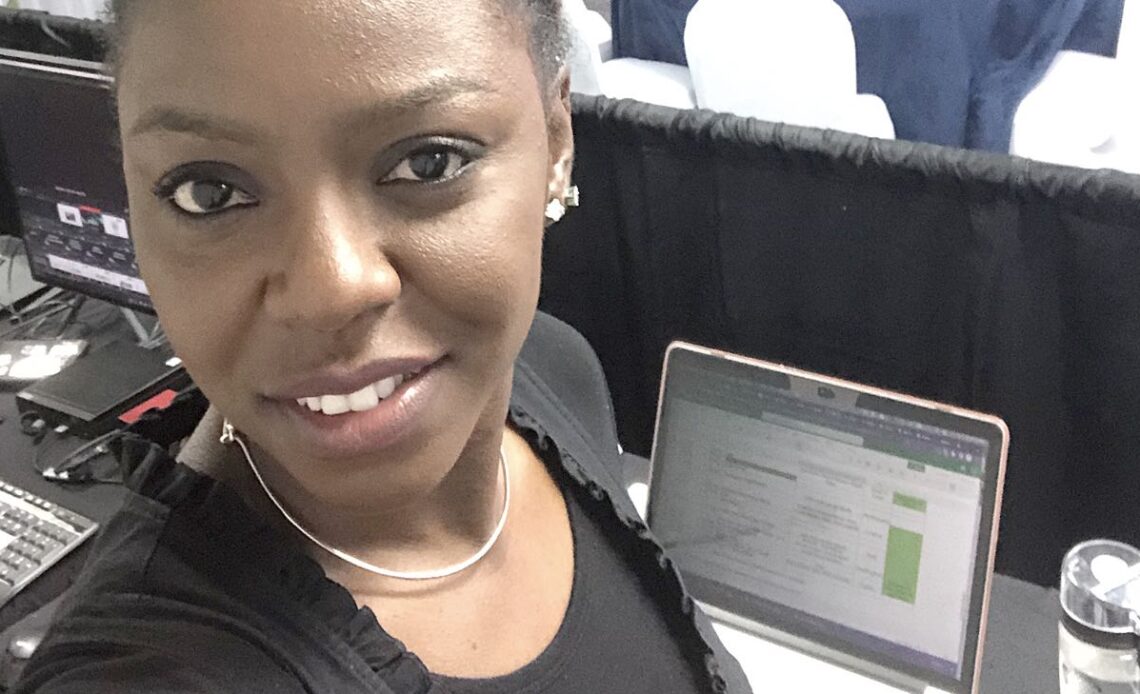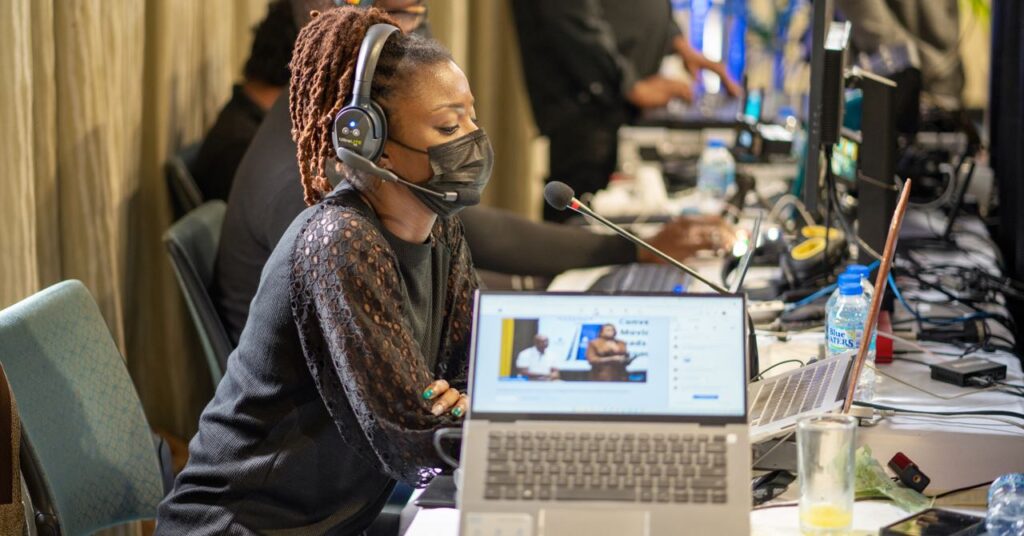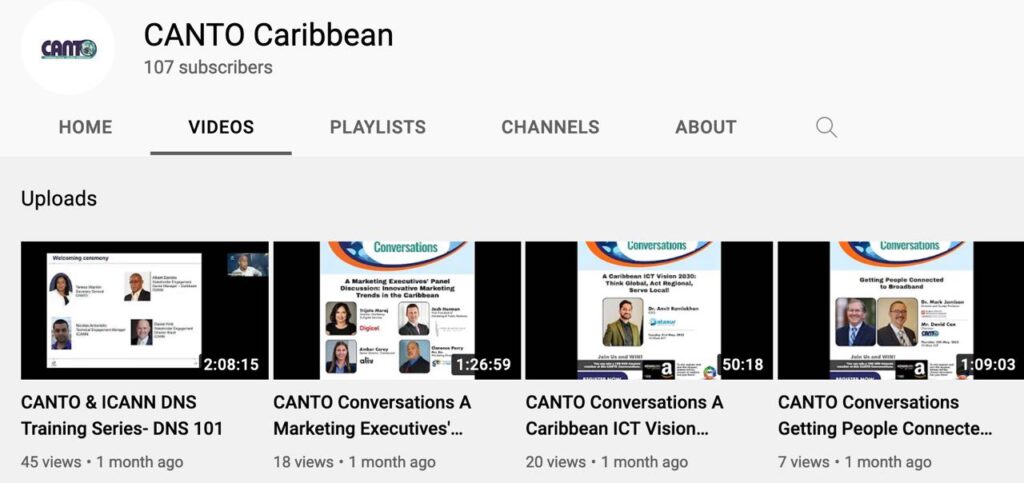
Above: Event planner Tisha C. Jack. Photo courtesy Tisha Jack.
BitDepth#1363 for July 18, 2022
There’s a lot we should continue doing as covid-19 fitfully makes its way to endemic status.
Some are obvious in retrospect. Washing your hands before entering a grocery or restaurant? Pretty sensible with 2022 hindsight.
Wearing a mask if you are ill or infirm and going to be around people? That shouldn’t be a tough sell.
Using hand sanitizer? No longer just for the germaphobic, which is everyone with sense these days.
Using ICT to lubricate schooling and student communication? Great idea, proven usefulness. Should be obvious, but it’s dying on the vine.
Showing up for in-person meetings for hours on end? Can we rethink this?
The big win of the pandemic, were the seminars, announcements and discussions that were recreated as webinars and streams.
That forced some overdue rethinking of the reason for two or more to gather in the name of PR.
There are lots of reasons people attend these events, but I have only one, reporting, and the two pandemic years were a win.
I ‘attended’ more technology events over those 24 months than I did the entire decade before.
I could attend asynchronously. Being able to ask questions online was useful, but not commandingly so. Being able to view recordings, pause, check background information and scrub through slow moments made reporting better if not always faster.
Need a transcript? Otter.ai and Office 365 online deliver useful, albeit sometimes messy text from accented audio extracted from video clips and uploaded to their services.
Presenters tightened their talks and showed and explained more in 30 minutes or less than ever before.
Recordings also turned out to be great reference material and more than once a past presentation offered a useful quote or clarification.
To hear the event planner side of things, I reached out to Tisha Jack, who distinguished herself during the pandemic as the MVP of online meetings.

“It’s definitely more difficult to execute a hybrid event,” Jack explained.
“It’s planning two event experiences in one, and those two experiences need to be in sync with and complement each other. In-person is what everyone is accustomed to, so it’s easier for most to go back to the way they were doing it before the pandemic.”
The payoff for hybrid events is the potential to reach a wider demographic, but to do that, clients also have to pay more.
Jack acknowledged a surge in interest in returning to in-person events.
Some corporate team builders are willing to try the hybrid model, but she explains, “People are eager to meet up again.”
She has also found that attendees are opting to attend online to suit their schedules and availability.
“People have been exposed to a new way of doing things and now know that they have options. Clients have to weigh the pros and cons of both according to the objectives of the event.”
Those objectives, as she sees it, can be summarized by the different experiences in reach and networking that each mode offers.
“For networking, nothing beats a face to face connection, but you can actually connect with more people with an online/hybrid model, depending on the platform being used for the event.”
“With an in-person event, there is no way to know everyone that’s in the room during the live event, but with the platforms we use, they can see everyone in attendance, engage with them and make connections without waiting for the attendee to approach them.”
“The online-hybrid model also offers more longevity for the event beyond the advertised days and clients now have recordings that they can repurpose to support other areas of their business.”

The Canto conundrum
One of the earliest and most effective converts to a virtual discussion experience was Canto, which began reconfiguring its meetings as more digestible discussions using basic teleconferencing software and posting the recordings to YouTube.
The organisation then followed up with a series of targeted engagements with telecommunications stakeholders that significantly raised the profile of Canto during the pandemic.
Unfortunately, Canto seems to have reverted to old school communication technique, and this week will host its 37th Annual Conference and Expo in Miami as an in-person event. It has not announced the availability of recordings of the discussions that will take place this week.
Getting better coverage for your hybrid event: A journalist’s perspective.
Don’t assume that reporters want to be there. The finger food ain’t that good. For long events I’ll normally listen as time permits and toss questions into the chat stream, but I’ll always go through the recordings carefully.
Urge presenters to be truly informative and to support assertions with data. Trim the fluff ruthlessly. Ain’t nobody got time for that. Clear graphs and charts beat slide decks full of words you are already saying that are being recorded.
When slide decks offer valuable information, make them available to the media immediately after the presentation and make recordings available as quickly as possible after that. You are presenting online, so assume that reporting will happen on internet time.
Your media package must have print quality headshots of your presenters. Insist on those when you ask for the slide decks and bundle them for the media.
Assume that your recordings will be used for B-roll footage or extracted as clips. Light it right, make it HD.
If you’re doing a serious event that makes critical points, it will take time to tease the stories out of it. Don’t go for next day or even same-week pix and caption reporting.
Encourage reporters who work your beat to take their time with the material and be ready to follow up on questions posed after the substantive event. Doh jumbie people.
This is only the beginning of a fundamental change in the relationship between communicators and journalists.
Travel junkets were largely fun, but as a freelancer, I don’t have a salary or get a per diem, so I pay with income loss to attend them and the stories I squeeze from your event don’t make up for it.
For a surprising number of events, online is actually better. Reporters aren’t necessarily any readier to work this new method than you are, but the value proposition for the future is undeniable.


